BoC rate decision is today’s market highlight, as the consensus veers towards maintaining interest rate at 5.00%. The potential for a rate hike has dwindled, especially after the September CPI data revealed a more rapid deceleration in inflation than anticipated. Now, speculations swirl regarding the possibility of a “hawkish hold,” which leaves the door open for further tightening.
Market consensus on the BoC’s next moves, however, isn’t unanimous. A recent Reuters poll showcased a split opinion. A slim majority of 8 of the 18 economists surveyed perceive a a “high” likelihood of another hike. As for rate reductions, opinions stand divided too. 19 economists project rates falling beneath the current benchmark by the end of June, while 11 anticipate maintaining or even exceeding the current level.
As the BoC is set to unveil its latest growth and inflation forecasts, market participants are keenly awaiting insights that might shed light on the bank’s future monetary stance.
Amid these discussions, the Canadian Dollar isn’t faring well, even when pitted against the underperforming Yen. Risk is mildly on the downside for CAD/JPY as long as 109.96 resistance holds. Deeper fall is slightly in favor as to 107.51 support and below to extend the corrective pattern from 111.14 high. While a break of 109.96 will resume the rebound from 107.51. Breaking 111.14 to resume larger up trend is not expected. So upside potential is limited for the near term.




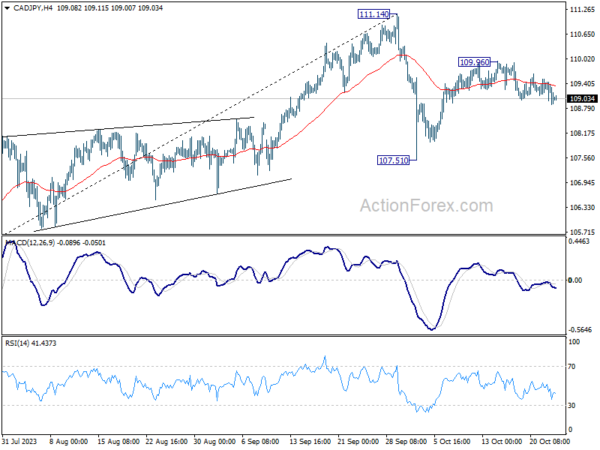
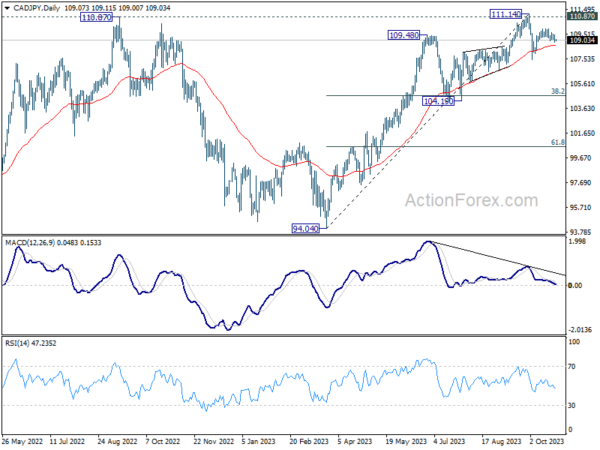
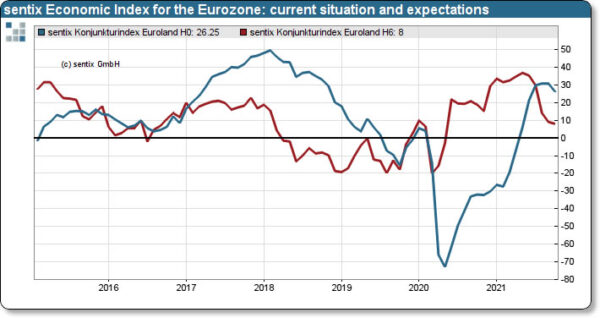

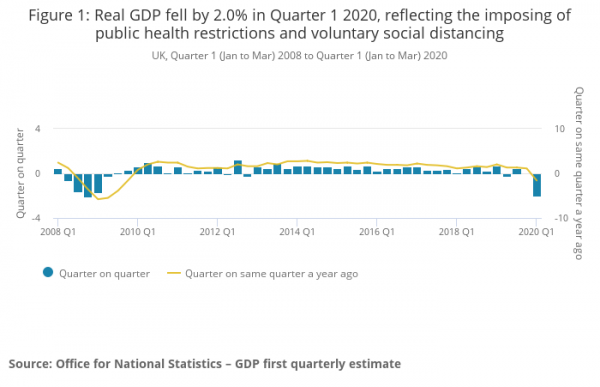
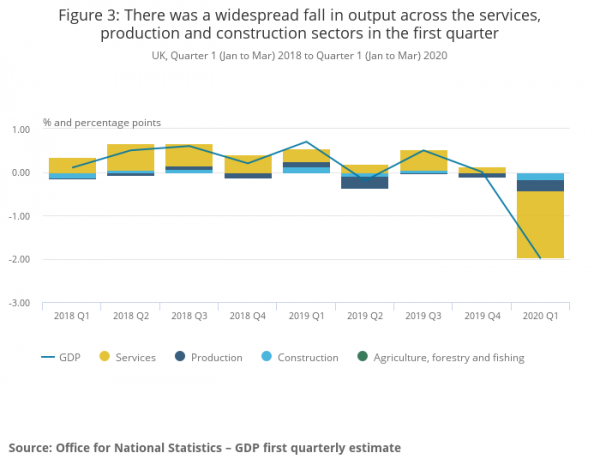
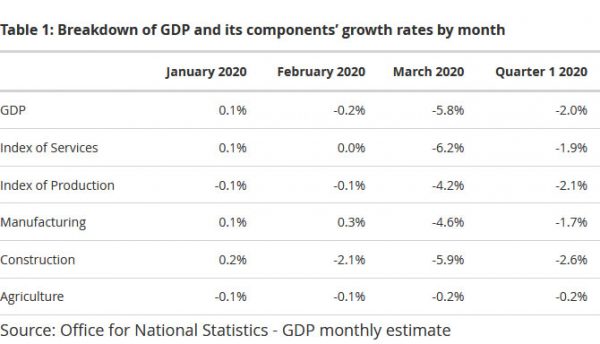
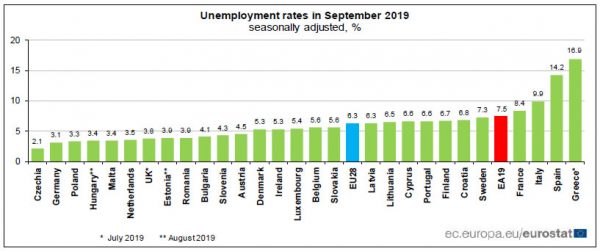
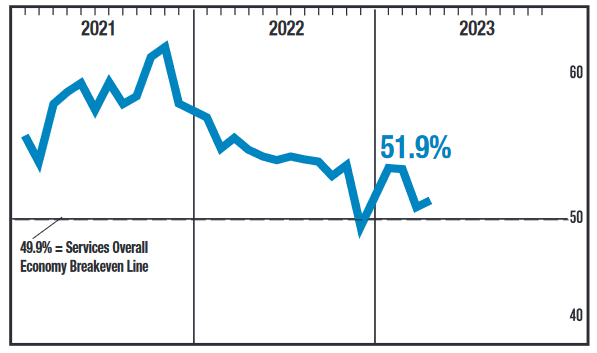
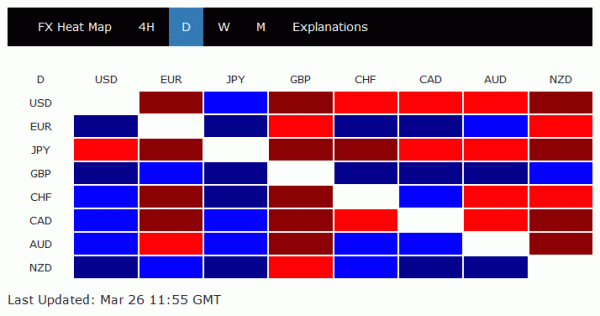
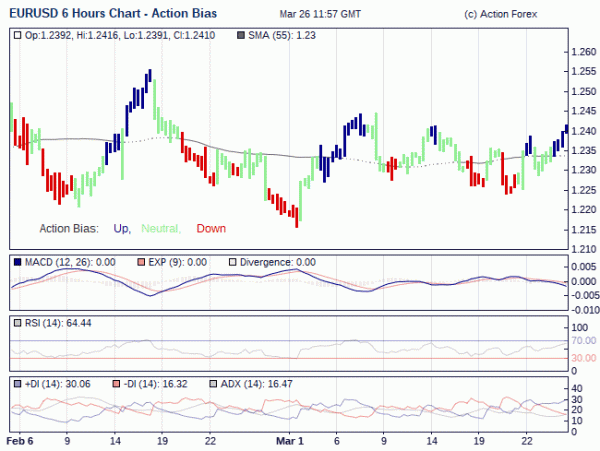
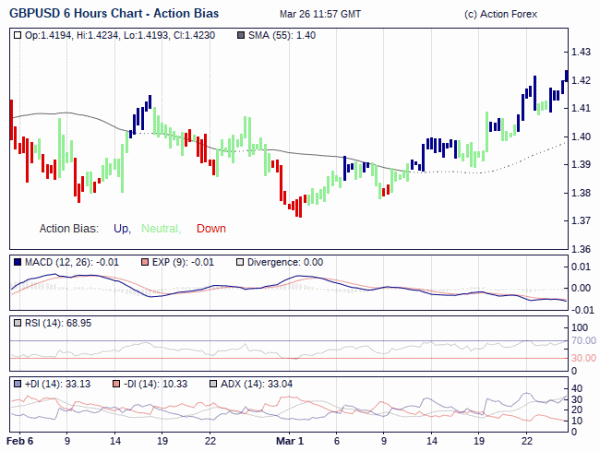
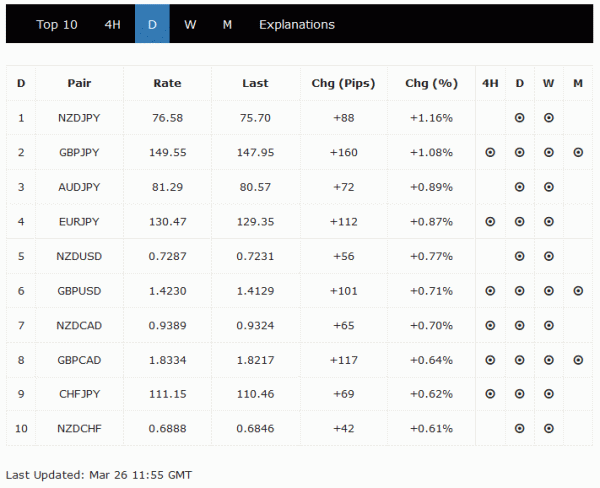
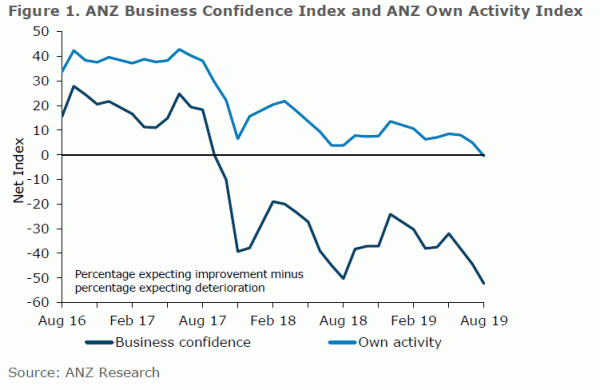
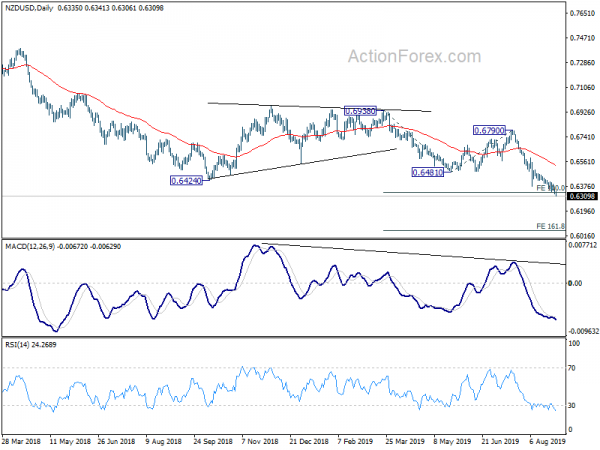
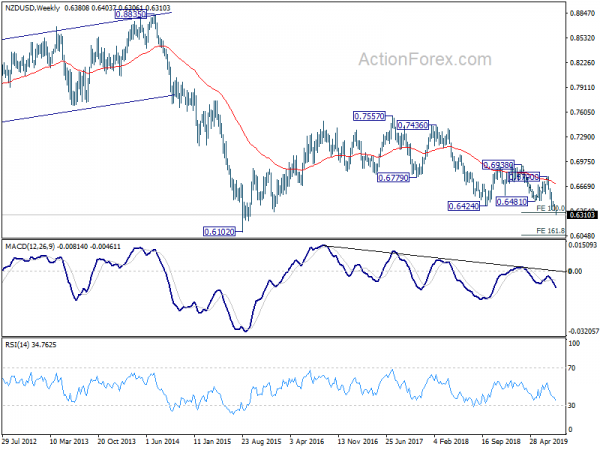
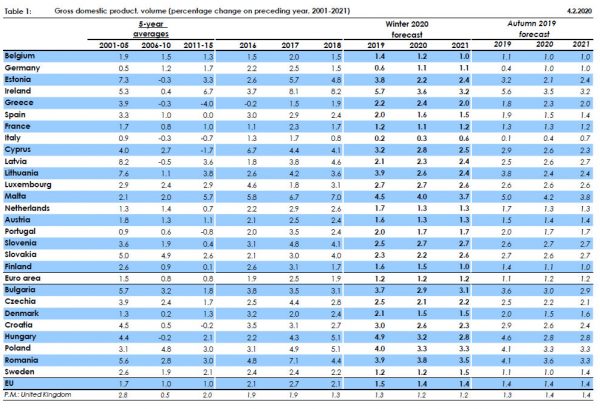
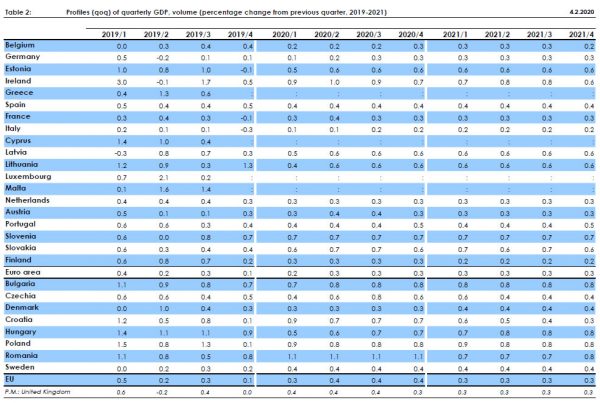
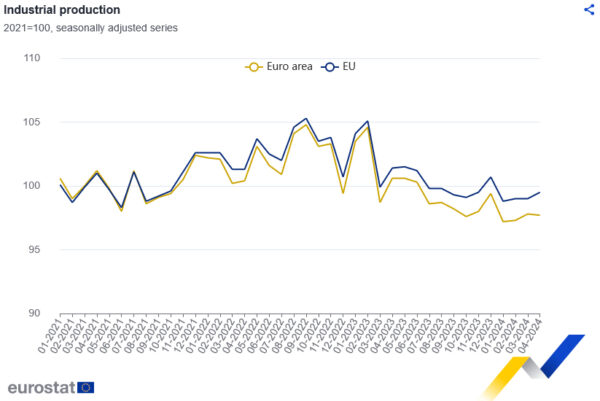
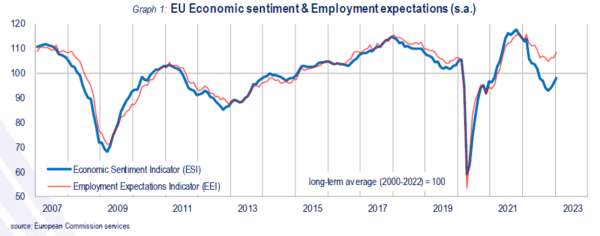
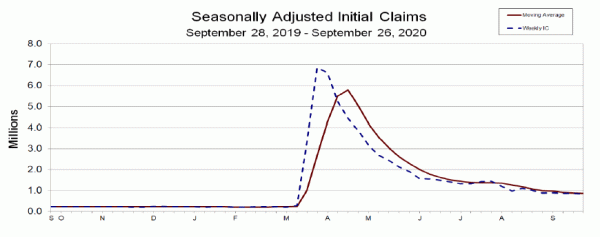
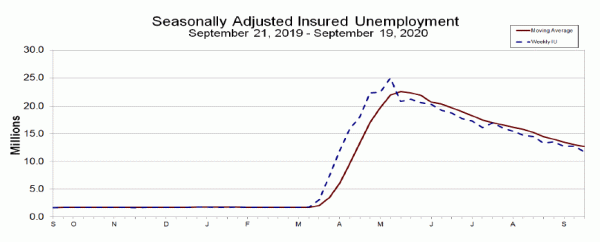

US NFP employment rose 678k in Feb, but wage growth flat
US non-farm payroll employment rose 678k in February, above expectation of 438k. Employment was still down -2.1m, or -1.4% from its pre-pandemic level in February 2020. Job growth was widespread over the month, led by gains in leisure and hospitality, professional and business services, health care, and construction.
Unemployment rate dropped from 4.0% to 3.8%, better than expectation of 3.9%. That’s still above pre-pandemic level of 3.5%. Number of unemployed edged down to 6.3m, above pre-pandemic level of 5.7m. Labor force participation rate was little changed at 62.3%.
Wage growth was a disappointment, however, with average hourly earning rose 0.0% mom, well below expectation of 0.6% mom.
Full release here.